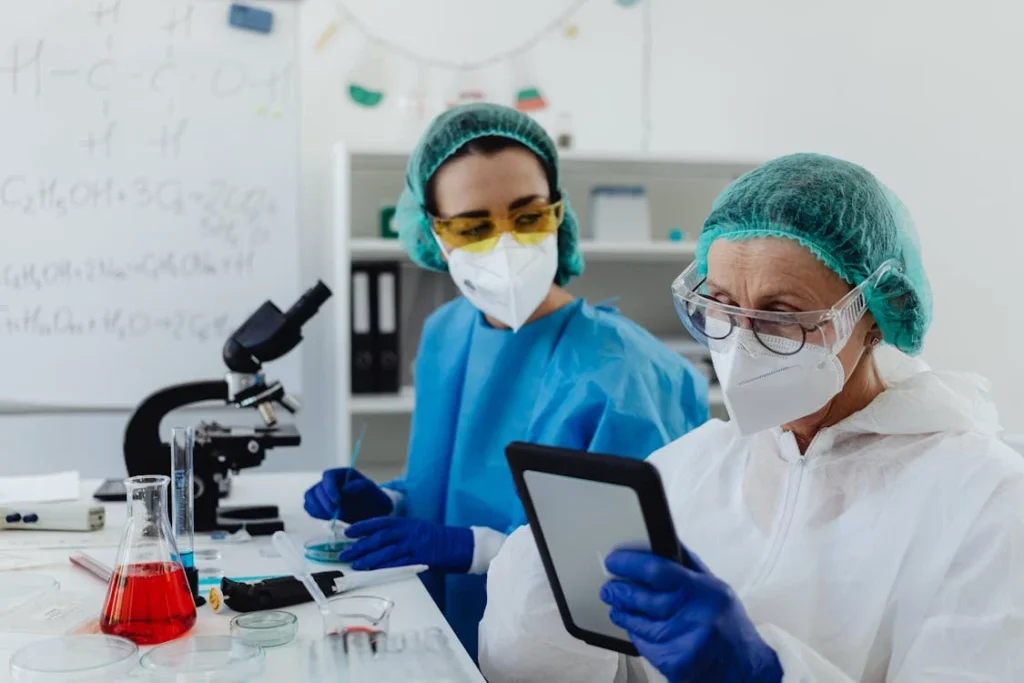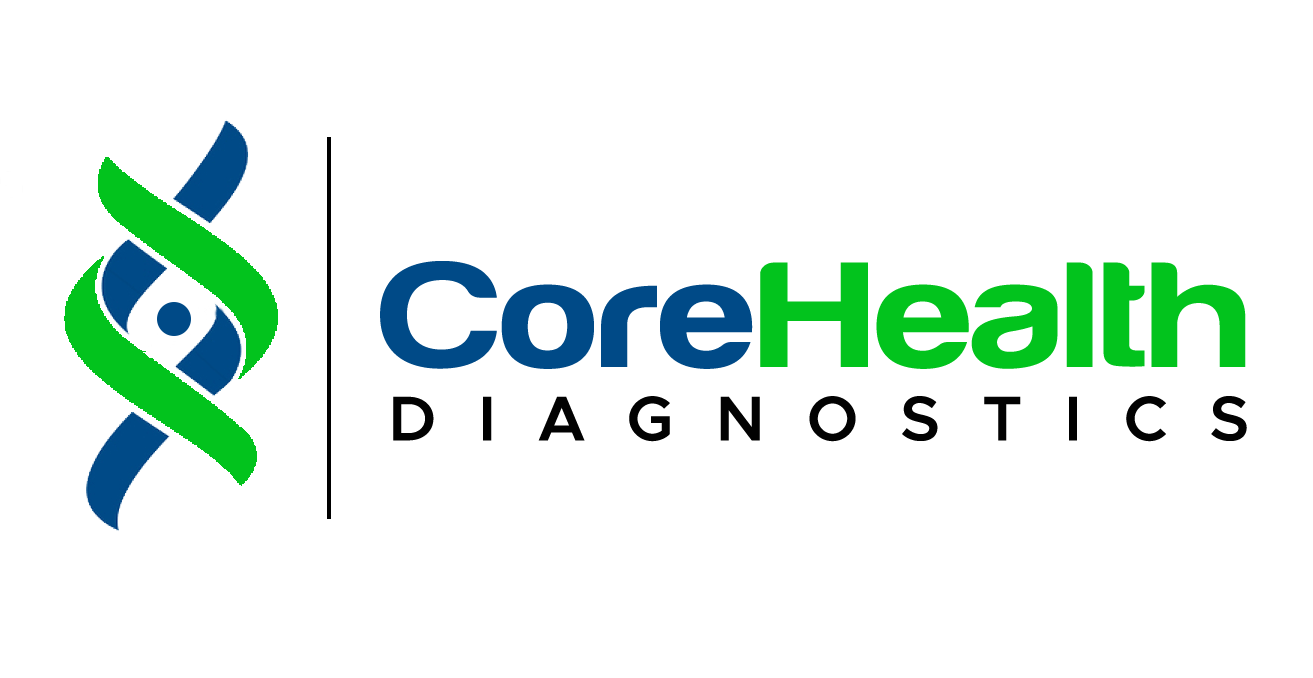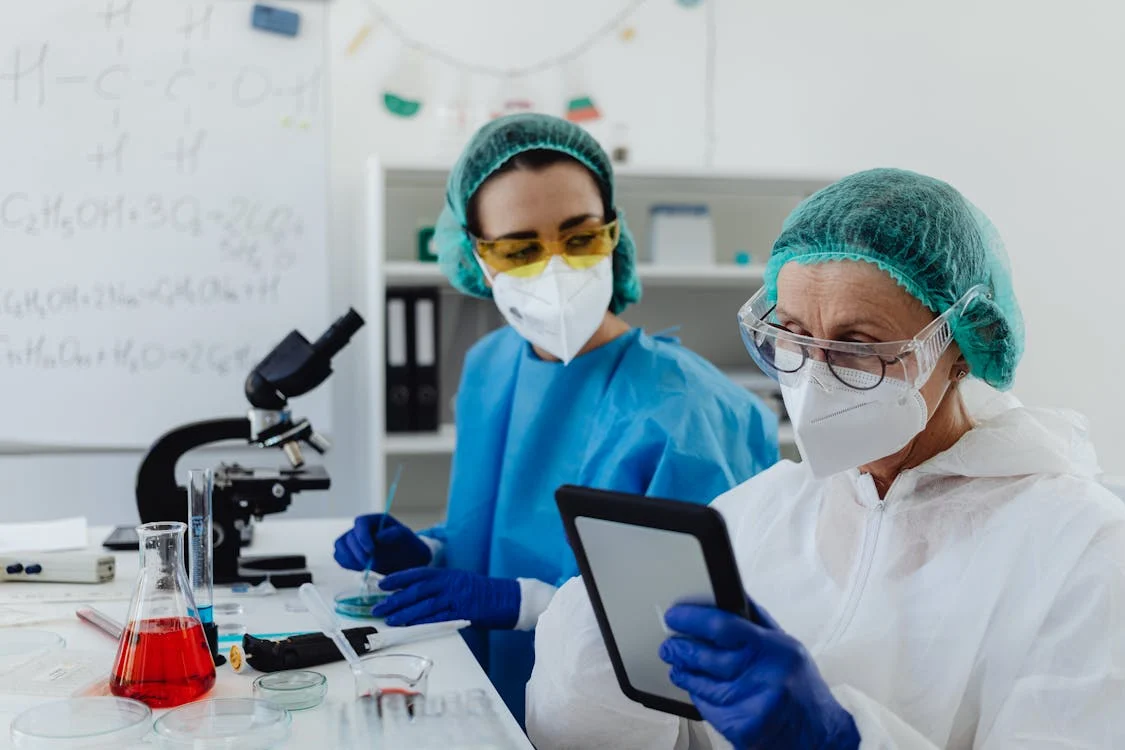Working in a laboratory can be exciting and rewarding, but it also comes with risks. Safety should always be the top priority. To protect yourself and others, it is essential to wear the right safety gear. This article will discuss the essential safety gear needed for labs, ensuring a safe and productive working environment.

1. Lab Coats
What are Lab Coats?
Lab coats are long white coats that lab workers wear over their regular clothes. They are usually made from cotton or polyester and protect against spills and splashes.
Why are They Important?
Lab coats help keep harmful chemicals and biological materials off your skin and clothes. If a spill happens, the lab coat absorbs some of the liquid, preventing it from reaching your body. Always choose a lab coat that fits well and is made from a material that is resistant to chemicals.
How to Care for Lab Coats:
- Wash lab coats regularly.
- Avoid using bleach unless specified, as it can weaken the fabric.
- Check for tears or holes and replace them when needed.
2. Safety Goggles
What are Safety Goggles?
Safety goggles are special glasses designed to protect your eyes from harmful substances and flying debris. They are different from regular glasses and provide a tight seal around the eyes.
Why are They Important?
Many lab activities involve chemicals that can splash or fumes that can irritate your eyes. Goggles prevent these harmful substances from getting into your eyes, which is crucial for your safety.
Choosing the Right Goggles:
- Look for goggles that meet safety standards (like ANSI Z87.1).
- Ensure they fit snugly but comfortably on your face.
- Consider goggles with anti-fog features for better visibility.
3. Gloves
What are Lab Gloves?
Lab gloves are protective handwear made from various materials, including latex, nitrile, or vinyl. They keep your hands safe from chemicals and biological agents.
Why are They Important?
Gloves are your first line of defense against harmful substances. They prevent skin contact with hazardous materials, reducing the risk of contamination and chemical burns.
Choosing the Right Gloves:
- Select gloves based on the materials you are working with. For example, nitrile gloves are good for chemicals, while latex gloves are fine for biological work.
- Always check for punctures or tears before use.
- Change gloves frequently, especially when moving between tasks.
4. Respirators
What are Respirators?
Respirators are devices that cover your nose and mouth, filtering out harmful particles and gases from the air. They come in different types, including disposable masks and reusable respirators with filters.
Why are They Important?
Some labs work with chemicals that can release harmful vapors or particles. Respirators help protect your lungs and ensure you breathe clean air while working.
Using Respirators Safely:
- Choose the right type of respirator for the job. For example, use a mask for non-toxic dust and a full-face respirator for more dangerous chemicals.
- Ensure a proper fit by following the manufacturer’s instructions.
- Replace filters regularly based on usage and manufacturer recommendations.
5. Face Shields
What are Face Shields?
Face shields are clear plastic barriers that cover your entire face. They are worn along with goggles for extra protection.
Why are They Important?
Face shields protect your face from splashes, flying particles, and chemicals that could cause harm. They provide an extra layer of safety when working with hazardous materials.
Using Face Shields Properly:
- Use face shields in addition to goggles, especially when handling dangerous substances.
- Clean face shields after each use to ensure visibility and hygiene.
- Check for cracks or scratches that could impair vision.
6. Ear Protection
What is Ear Protection?
Ear protection includes earplugs and earmuffs designed to reduce noise levels in loud environments.
Why is It Important?
Some labs can be noisy due to equipment or processes. Prolonged exposure to loud noises can damage your hearing. Ear protection helps prevent this damage.
Choosing the Right Ear Protection:
- Select earplugs or earmuffs that are comfortable to wear for long periods.
- Ensure they provide adequate noise reduction ratings for your lab environment.
7. Safety Footwear
What is Safety Footwear?
Safety footwear includes shoes or boots designed to protect your feet from injury. They are often made from durable materials and have reinforced toes.
Why is It Important?
In labs, heavy equipment or containers can fall, and sharp objects may be present. Safety footwear protects your feet from these potential hazards.
Choosing the Right Safety Footwear:
- Look for shoes that meet safety standards, such as ASTM ratings.
- Ensure they are slip-resistant to prevent falls.
- Choose footwear that is comfortable for long hours of wear.
8. Emergency Equipment
What is Emergency Equipment?
Emergency equipment includes items such as eyewash stations, safety showers, and fire extinguishers. These are crucial for handling accidents in the lab.
Why is it Important?
In case of spills, chemical exposure, or fires, emergency equipment allows you to respond quickly. Knowing where these items are located can save lives.
Maintaining Emergency Equipment:
- Regularly check that emergency equipment is in working order.
- Ensure that eyewash stations and safety showers are easily accessible and free from obstructions.
- Make sure fire extinguishers are fully charged and up to date.
9. First Aid Kit
What is a First Aid Kit?
A first aid kit is a collection of supplies and equipment for treating minor injuries or emergencies.
Why is it Important?
In a lab, accidents can happen, even with the best safety practices. A well-stocked first aid kit allows you to provide immediate care until professional help arrives.
Stocking Your First Aid Kit:
- Include items like adhesive bandages, antiseptic wipes, gauze pads, scissors, and gloves.
- Regularly check the kit to replace expired items.
- Ensure all staff know the location of the first aid kit and how to use its contents.
10. Personal Safety Practices
What are Personal Safety Practices?
Personal safety practices involve actions and habits that help maintain safety in the lab, including following protocols and staying alert.
Why are They Important?
Even with all the safety gear, personal practices are essential. They help prevent accidents and ensure a safe working environment.
Implementing Personal Safety Practices:
- Always follow safety protocols for handling chemicals and equipment.
- Never eat or drink in the lab to avoid contamination.
- Stay focused and avoid distractions while working.
Conclusion
Safety in the laboratory is vital for protecting yourself and others. Wearing the right safety gear, such as lab coats, safety goggles, gloves, respirators, face shields, ear protection, safety footwear, and knowing how to use emergency equipment can significantly reduce risks. Additionally, maintaining a well-stocked first aid kit and following personal safety practices further enhance safety in the lab.
By understanding and using this essential safety gear, you can create a safer and more productive laboratory environment. Always prioritize safety, and encourage others to do the same. Working together to maintain safety can lead to better results and a more enjoyable lab experience for everyone involved.




